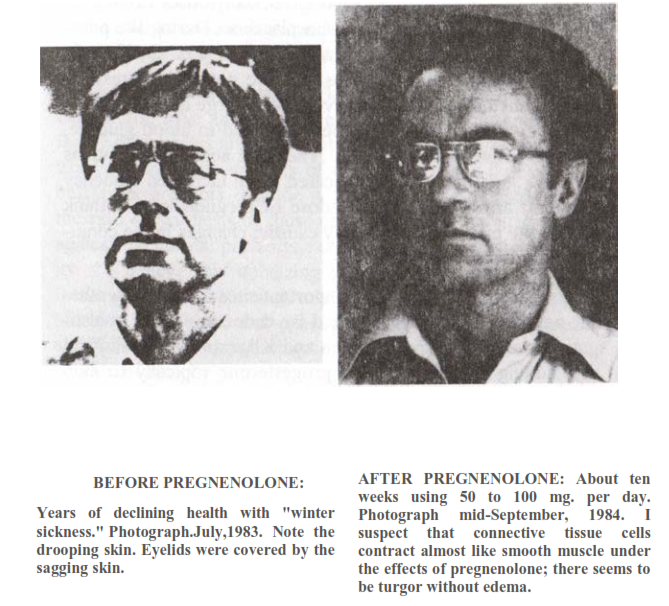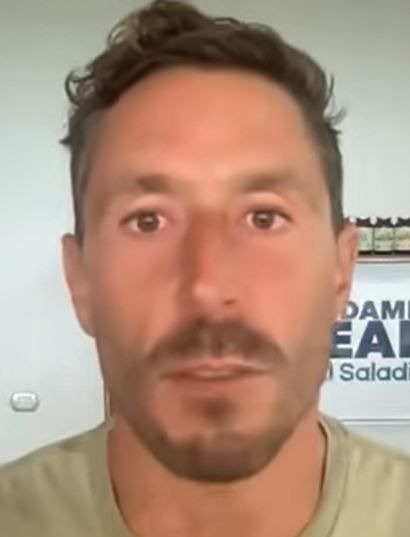Dr. Paul Saladino appearance is much older after a relatively short passage of time but why?
-
@Insomniac High protein diet.
-
@Insomniac said in Tracking down the mysterious cause of Dr. Paul Saladino's shockingly rapid aging:
too much sugar
There is no evidence whatsoever to suggest that sugar (sucrose) or other carbohydrates cause accelerated aging.
-
@Insomniac said in Tracking down the mysterious cause of Dr. Paul Saladino's shockingly rapid aging:
Not a single forehead wrinkle
What implies the lack of wrinkles in Haidut is low inflammation combined with a high level of subcutaneous fat. The fat fills the voids caused by aging. In thin individuals, age-related wrinkles tend to be excessively pronounced.
-
@Insomniac
Yeah, Haidut rocks.
I think the sun in DC is not as strong as in San Diego.
I would like to see haidut surfing in the Pacific so we can compare their physical fitness.
-
@Insomniac Just watching his videos he seems high cortisol and high adrenaline, both of which will take their toll in time
-
Saying a fat guy looks healthier than the other guy is mental illness lol. You're obsessed this 50 year old dude has some wrinkles. Get the fuck over it you weirdo.
-
Too much sun. The sun is great in the early morning and in the late afternoon, but direct sunlight in the peak hours is so damaging.
-
high protein = high mtor activation
high mtor=high aging -
@Sitaruim No it isn't. Sun is good for your skin. Sunscreen is what fucks peoples skin up.
-
@Hearthfire said in Tracking down the mysterious cause of Dr. Paul Saladino's shockingly rapid aging:
Sun is good for your skin.
Yes he's got you there @Sitaruim. The king of sunlight Jack Kruse has an enviable complexion. And in engerland we all look like worn leather.
-
Burning will damage your skin, but how much depends on the severity. You can completely heal from it.
Low Vitamin D and using sunscreen is what causes cancer and aged skin look.
-
Costa Rican prostitutes
-
My two cents says if we minimize stress, we would be producing energy efficiently and that energy would be used more productively. By that I mean that energy is not wasted on fighting small fires endlessly, and by avoiding such small fires we conserve our energy. Needless to say, large fires are even worse and use up our body stores of energy and nutrients and endogenous sources of helpful substances such as enzymes and hormones. But it is often the small fires that escape our attention as these constant small fires can be persistent and never go away and stay with us undetected throughout extended periods. If you added all the misspent energy our body has to allocate to keep defending itself from the wear and tear from these stresses, it would mean that our body would not have a net surplus of energy to use on non-essential improvements or appurtenances.
To be truly healthy we would have to bathe ourselves in the luxury of being nutritionally abundant through what we eat and breathe and drink and what energy the sun passes on to us. And then we have to convert and store and use this energy optimally through both oxidative and reductive forces.
Our understanding of bioenergetics should make us appreciate the wisdom of our body to know when and when not to use our oxidative potentials just as it knows when or when not to use reductive potentials, such that both potentials produce complementary sources that harmonize with each other. There is no other way I can describe this than by using the TCM concept of yin and yang. And Ray Peat would often cite the vitalism of Vernadsky et al who oppose the materialistic construct of modern medicine as based on the materialistic philosophical construct of Descartes, which forms very much a western christian divide distinct from the eastern christian approach of earlier Grecian philosophies.
Didn't we start off venturing into wholistic ideas based on the one-sided views of health where everything involving antioxidants is good and all that involves oxidation is bad? Such that when Ray talked of oxidative processes as good I was confused as hell in the beginning I encountered his ideas. It was hard to reconcile the idea that antioxidants can be just as bad as oxidants, and that they can each be as good as the other.
We are to learn that Linus Pauling and the field of orthomolecular medicine was rather incomplete in forming the initial concept of the benefits from antioxidants, in a Popeye and Brutus kindergarten view of antioxidants being all good and oxidants being all good. In the heyday of antioxidants being being king, when Pauling was alive, we were just beginning to form a rudimentary understanding of what is good and what is bad for the body.
If history serves me right, it was only in the 1970s that researchers started to find out about the beneficial role of oxidants to our health. And from then, the trickle would snowball into our current understanding of bioenergetics courtesy of Ray Peat sharing us his distillation and condensation of these ideas that made acceptance of oxidation as healthful and existential.
Not only that, we would later on learn of ROS - reactive oxygen species - and though they are the stuff that is misunderstood as "all evil," we would come to appreciate that our immune system uses these ROS in a way that benefits our health, by using them to fight pathogens and toxins.
Still, our understanding is not fully formed yet. And there are still many things we cannot agree on given that we are constantly being fed misrepresentations by so called experts from the mainstream school and from alternate channels, each with its own blend of sound and unsound ideas preying on gullible and impressionable minds. Worst of all, there are far too many experts who write books based on half-formed and wrong ideas, and become bestselling writers, based on the strength of book sales whose buyers can read but lack the ability to be critical enough who take wrong ideas hook line and sinker.
Still, as imperfect as all this is, we should still be able to get it right once we know the history of a patient, make theory into practice by really forming our ideas on Peat's research and writing, and make the dots connect.
If you begin to appreciate oxidative stress, and you also get to understand what reductive stress is, you would have come closer to untangling mysteries such as what this thread is about.
-
I wonder if he is on TRT. A lot of people report accelerated skin aging on TRT.
-
Goggins is nearly 50, he aint doing to bad in the face
-
Blacks tend to age better facially than whites. They have thicker skin.
-
How long has he been eating a low carb diet? Chronically high cortisol from eating a low carb diet is sufficient to cause rapid aging.
-
He is in top physical shape, but facially he does seem to age at an accelerates rate. This is worrisome because he embodies a lot of Peat’s principles.
I still stand by the opinion that there’s a sweet spot with sun exposure above which you don’t want to go.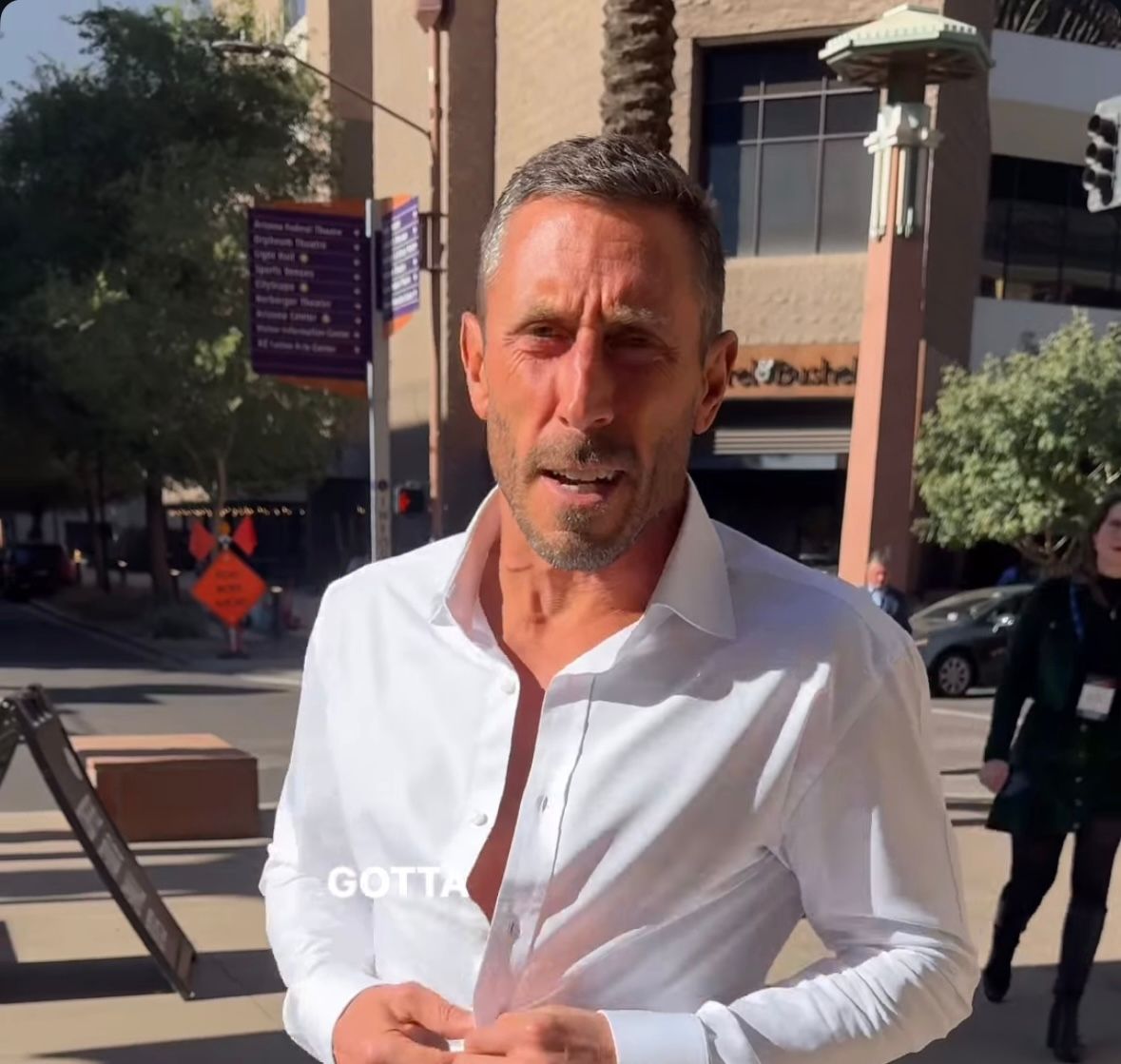
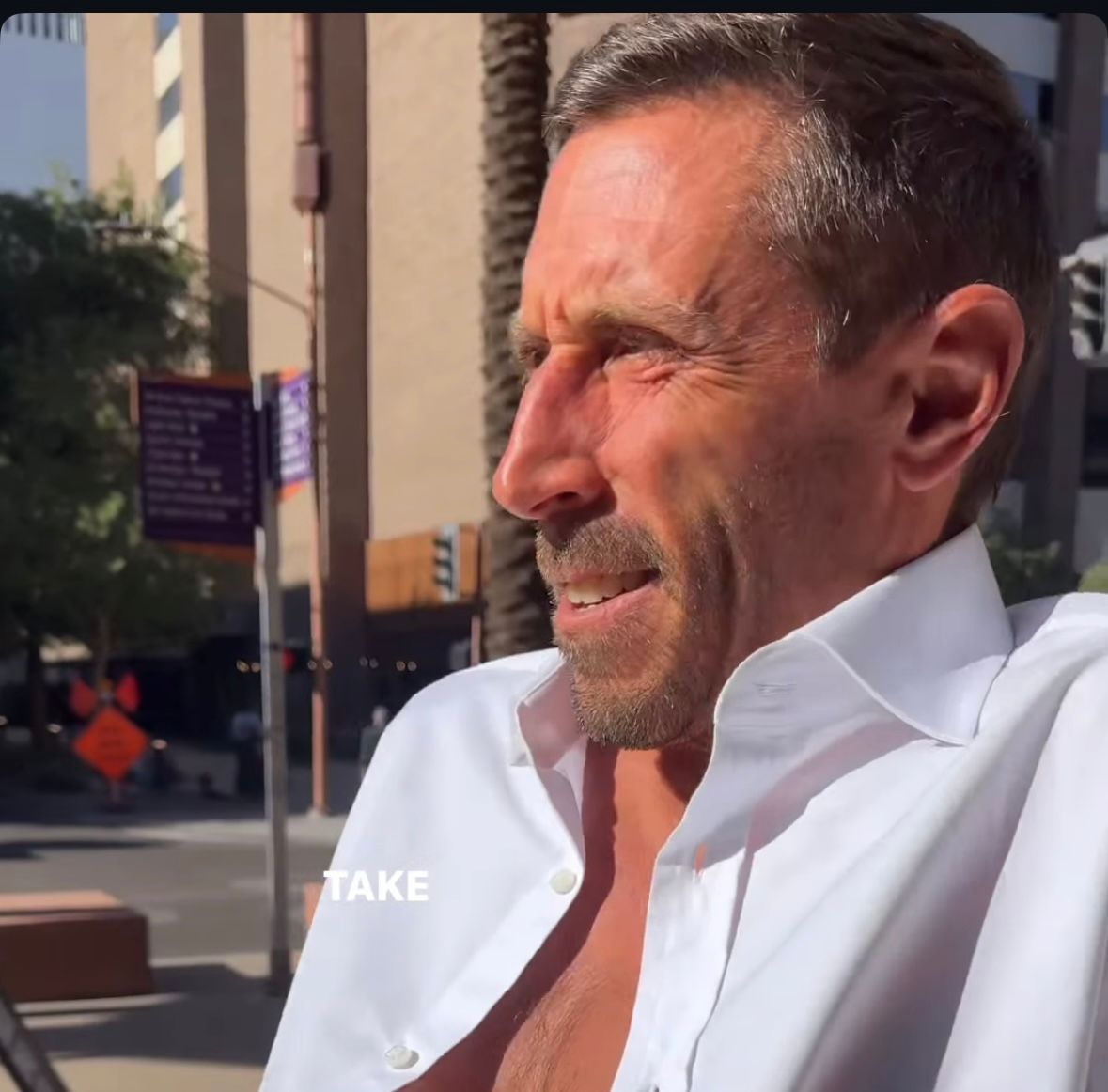
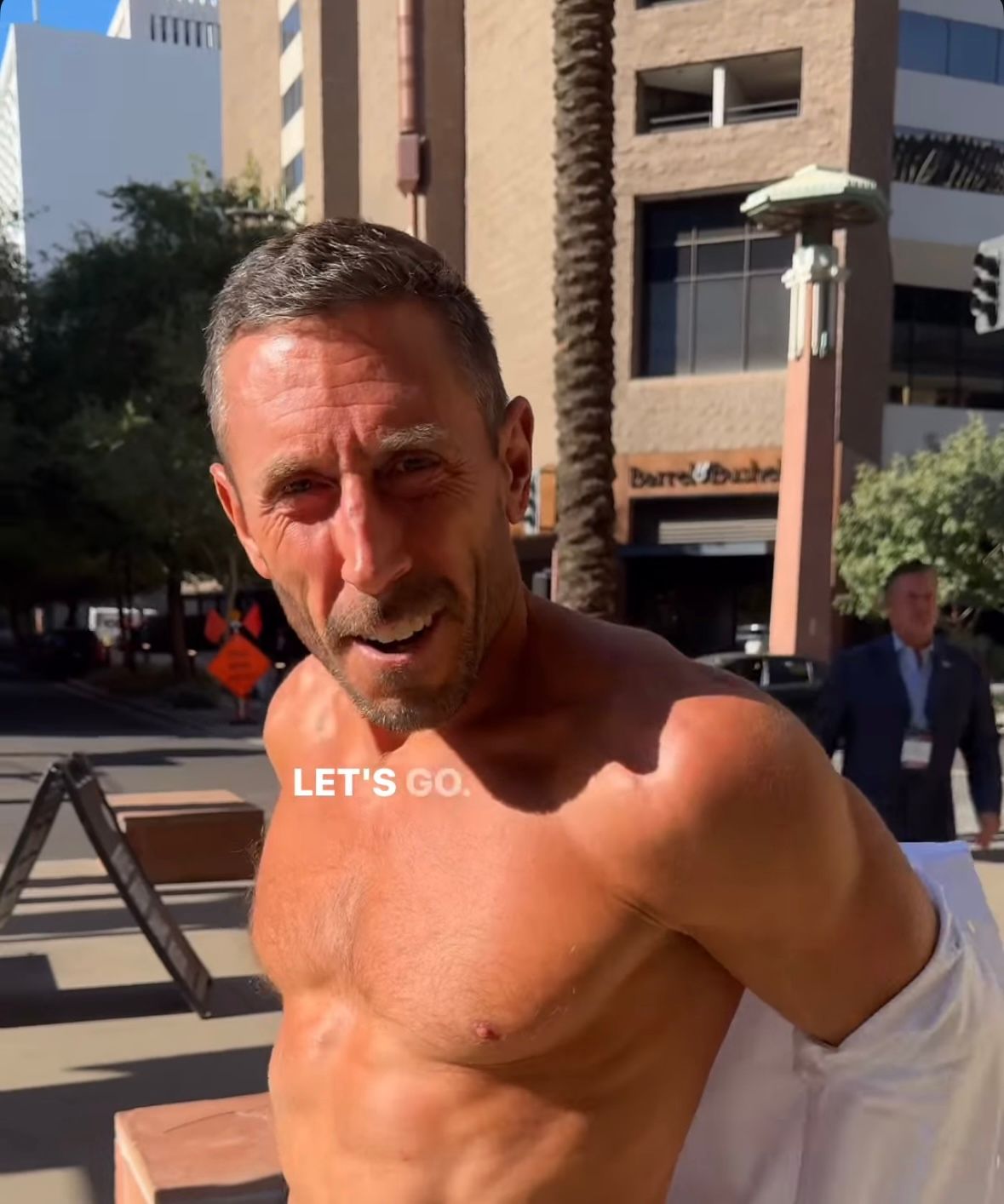
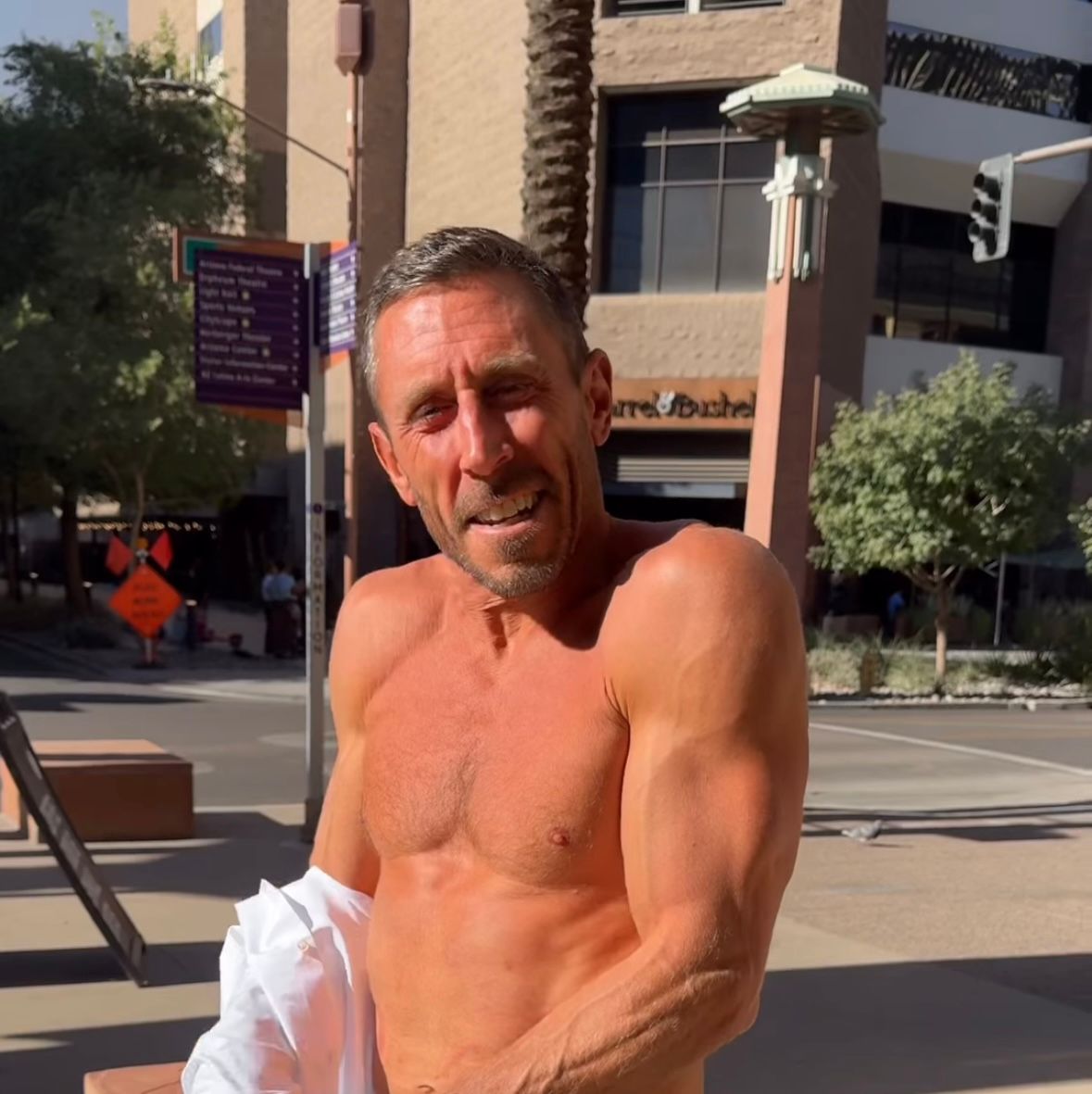
-
@Hearthfire Direct sunlight during the peak hours will absolutely cause DNA damage and age you.
-
Ray got drooping/sagging skin by age 47 . He patched himself with pregnelone.
Also look at his neck on the left picture. He looks too old for his age.
Just wondering if he was under a lot of stress in that time.In 1983, the ocean current called El Nino caused
Oregon's weather to stay cloudy and rainy through the
summer. I didn't have my usual summer recovery from
"winter sickness," and by November I was becoming very
sick. During a two week trip I felt perfectly well, but except
for that short time I kept getting sicker and sicker (with
inflammation of arteries, dental abscesses, asthma, migraines,
and colitis). Lying in bed one day trying to understand what
had happened during that two-week trip, I remembered that I
had used the vitamin E containing a residue of pregnenolone
on the trip, but used pure vitamin E after I got home. I
immediately got out of bed and took a pinch of pregnenolone.
In about an hour, all of my symptoms had stopped, and for
over a week I was healthy and energetic. But then I got sick
again, and was so distracted by the pain that it was several
days before I remembered the pregnenolone. Another pinch
had the same dramatic sudden effect. Since then I have taken
some almost every day. While I was sick I had pictures made
for a passport, but they looked so odd that I got several more.
The best of those, the least haggard looking, is reproduced
here.
NOTE:
After using pregnenolone for several years, I noticed
that the slack skin and other signs of aging were coming back.